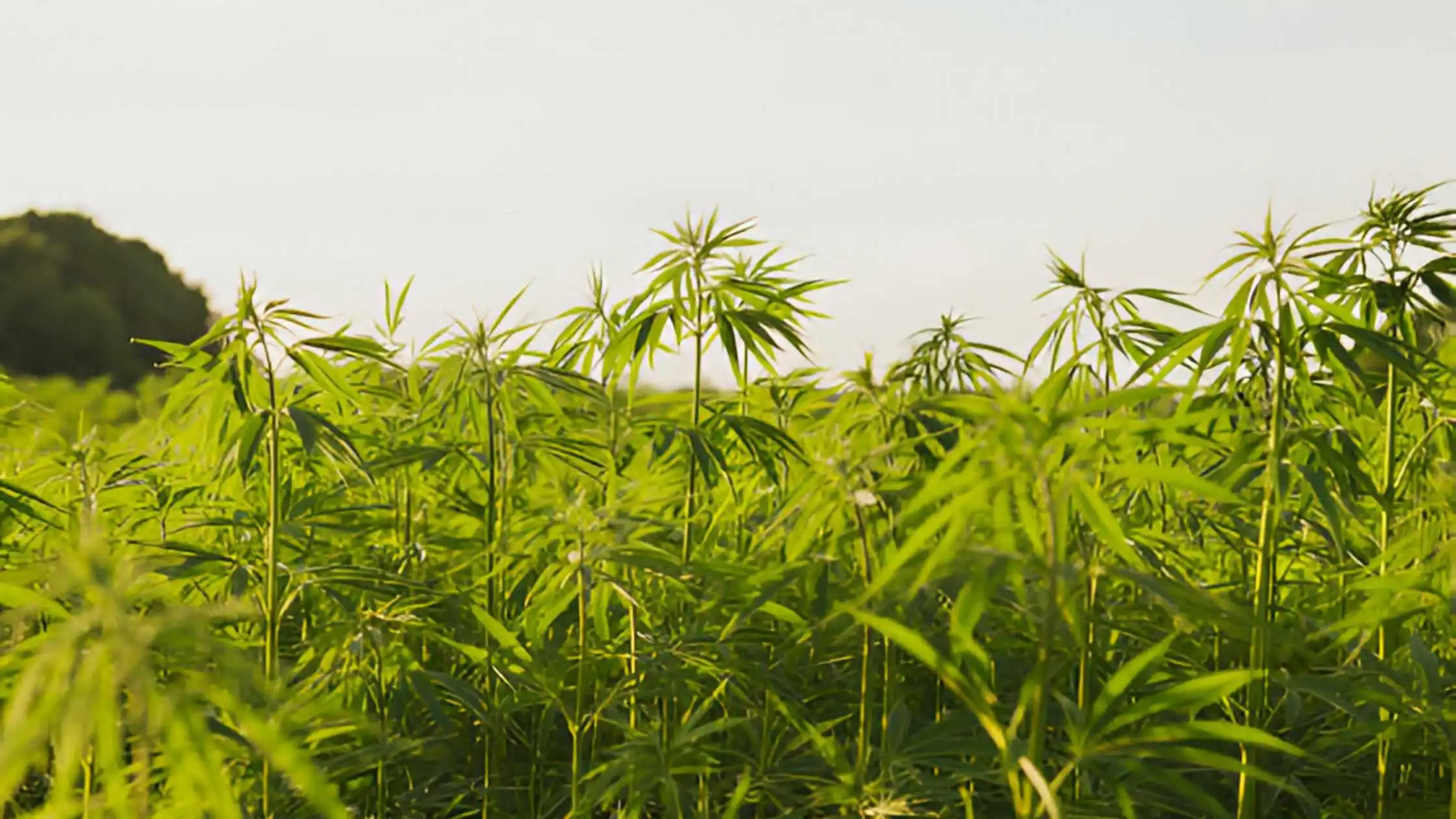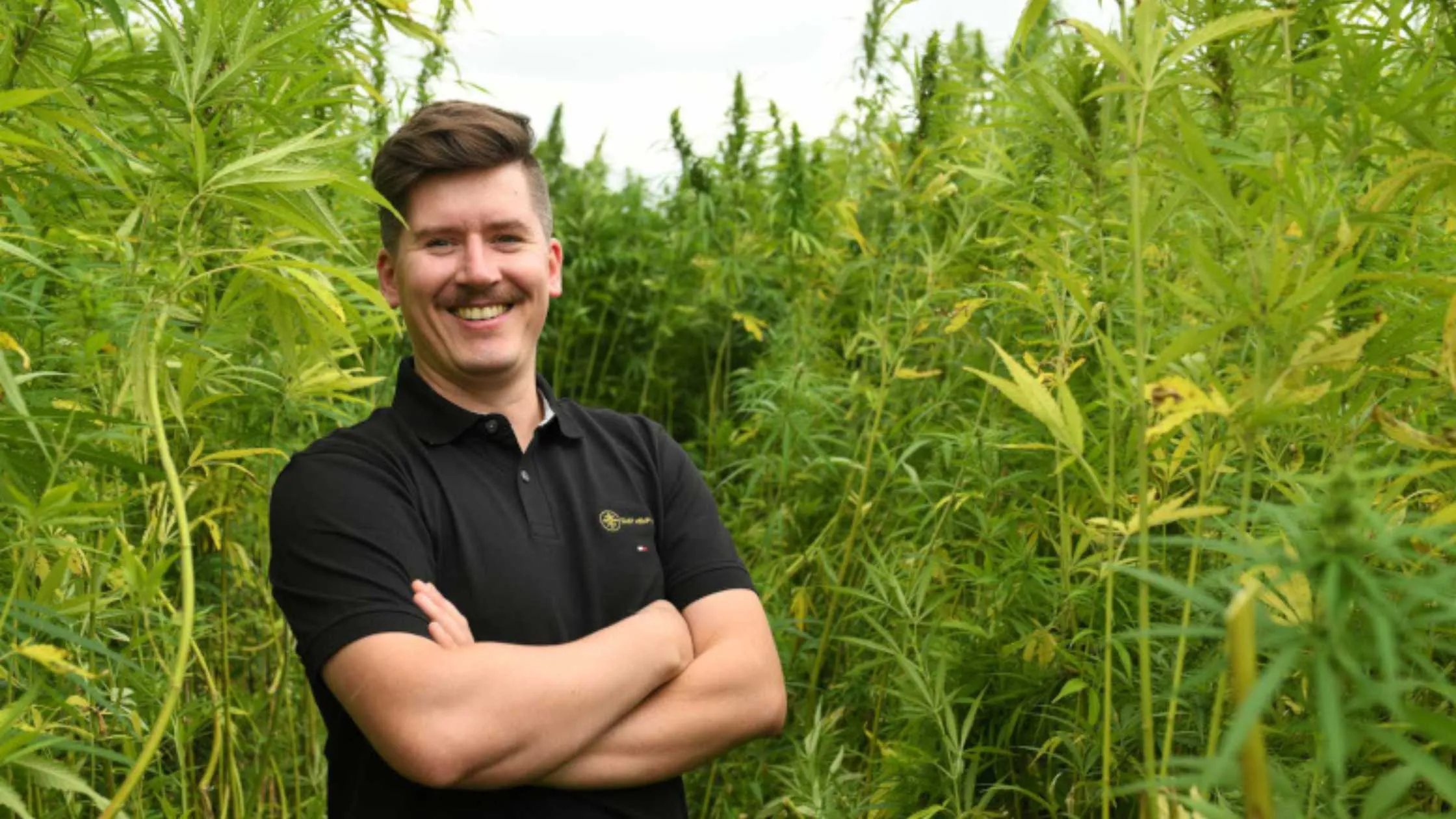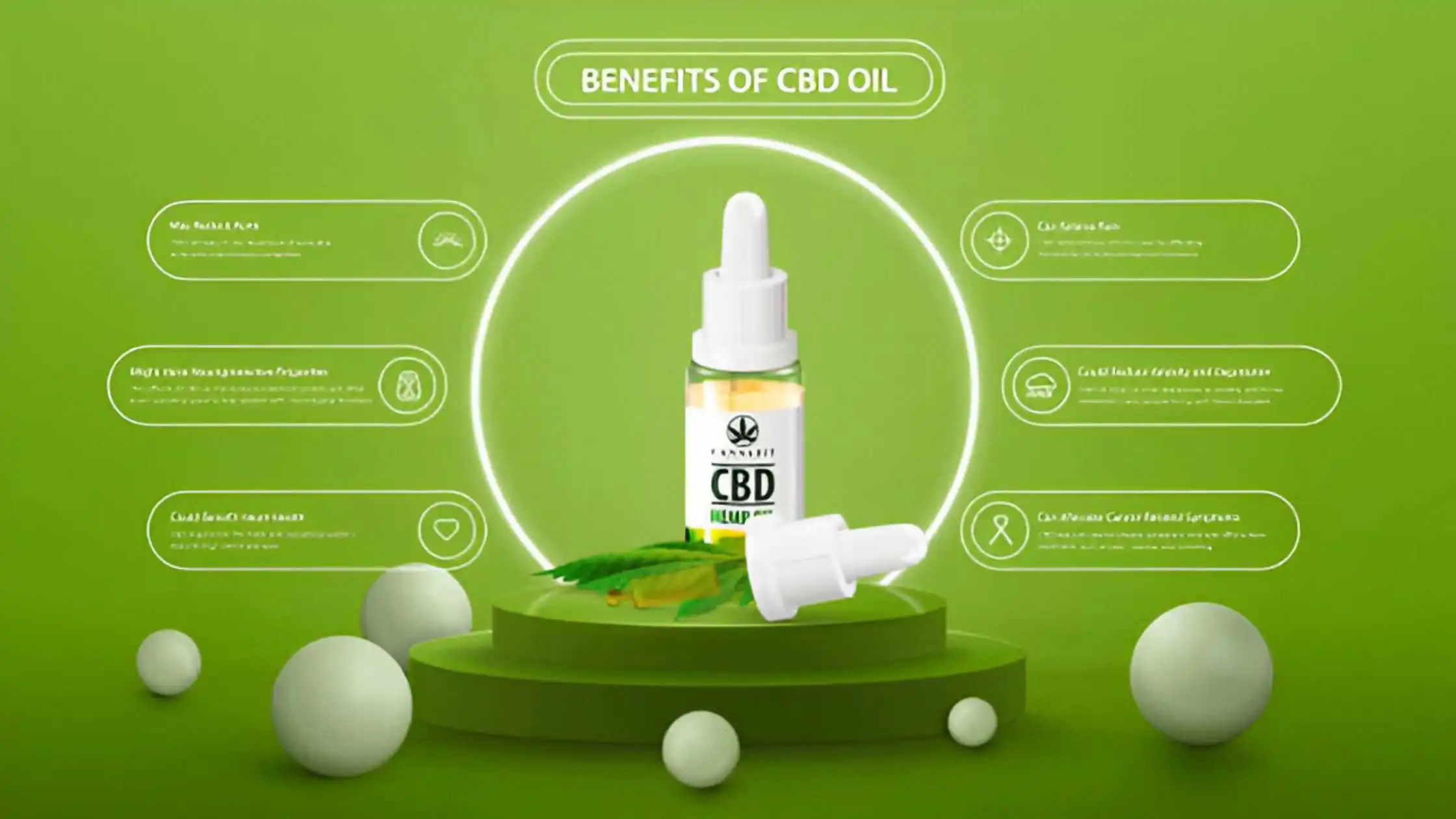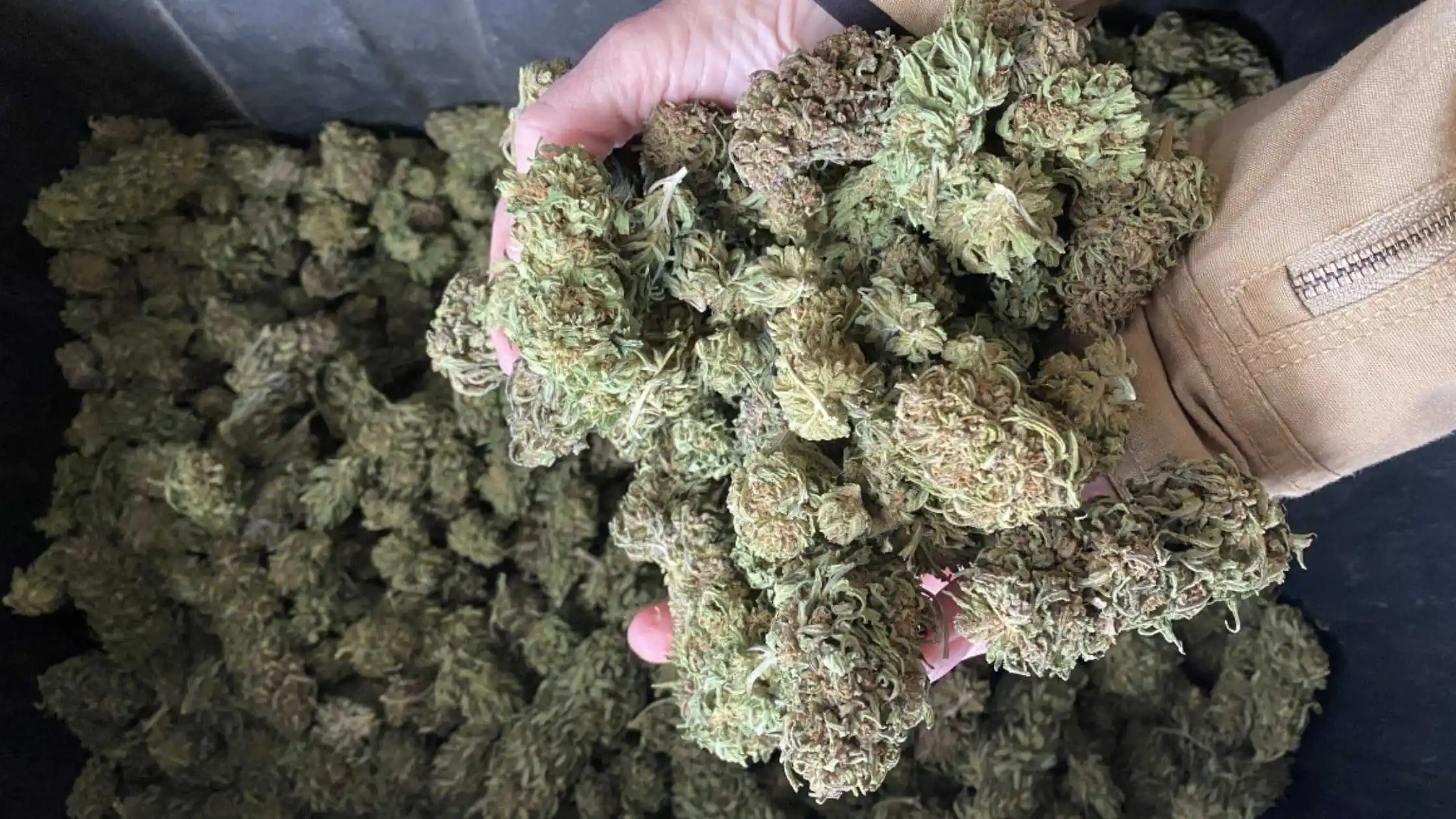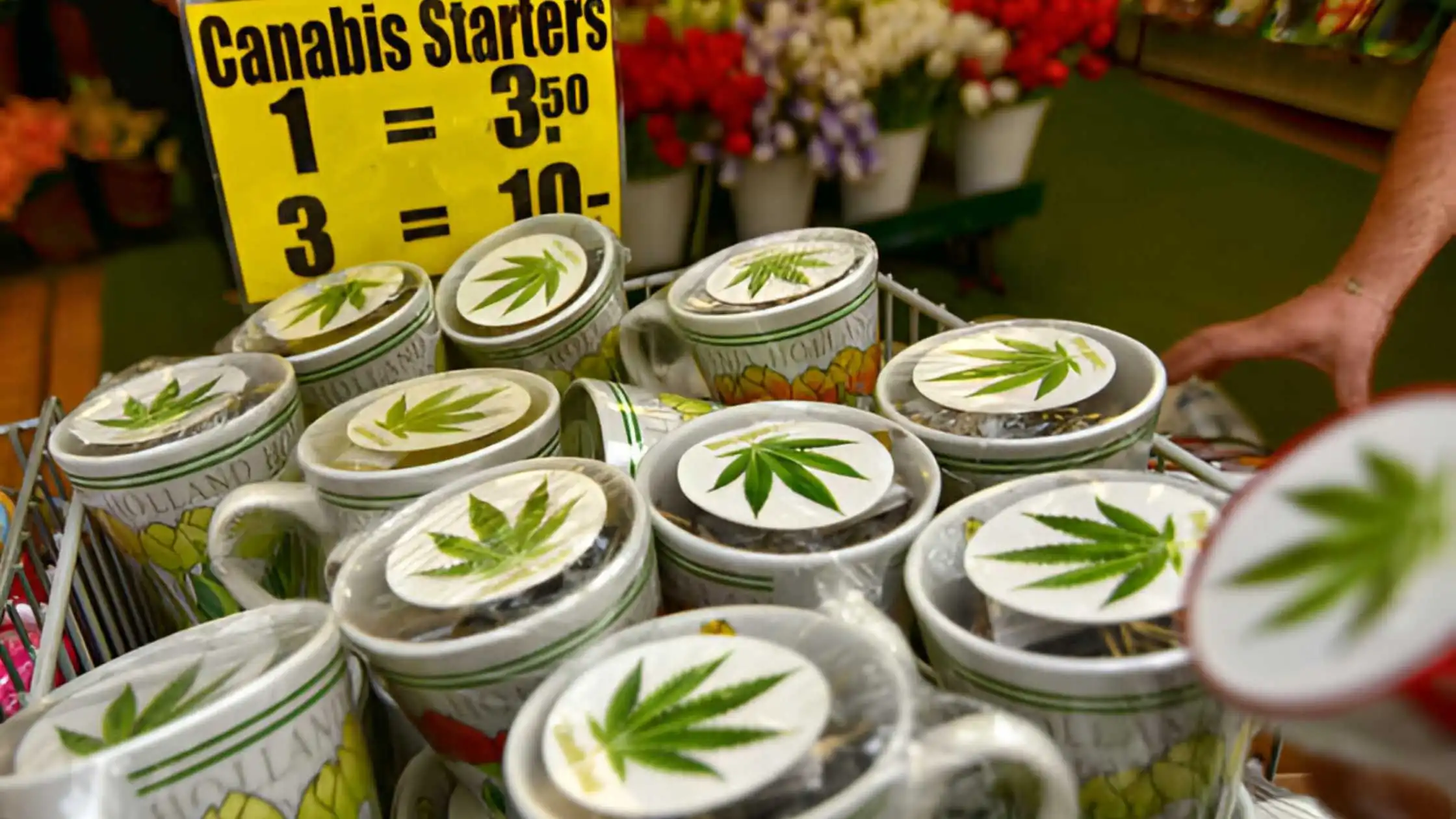Know about Hemp Plants
Hemp is a term for certain varieties of the Cannabis sativa species. In contrast to “marijuana,” — which is a common word for cannabis that is relatively abundant in THC — hemp has relatively little THC.
Humans have cultivated hemp plants for centuries for food, medicine, and textiles. Hemp may be one of the oldest known plants humans cultivated for medicinal and nutritional purposes. People in ancient China appear to have started cultivating hemp around 2,700 BCTrusted Source. According to historical records, hemp spread to Europe after expanding across Asia some 2,000–2,200 years ago.
The human relationship with hemp is a multifaceted one, with humans using hemp and parts of the hemp plant in many ways. Some records claim the spine of the first copy of the Bible, and even Christopher Columbus’s ropes and canvas sails were made of hemp fibres. Please keep reading to learn more about the hemp plant and its uses, including its current legality, health benefits, and other uses.
The primary difference between hemp plants and other cannabis plants comes down to their cultivation, use, and, most importantly, the levels of the compound delta-9 tetrahydrocannabinol (THC). THC is what causes the “high” that cannabis is famous for.
To be legally classified as a hemp plant, a cannabis plant must contain no more than 0.3% THC on a dry-weight basis. In contrast, most other cannabis plants contain between 5–30% THC. The Cannabis sativa species contain some 480 natural components, out of which over 100 belong to a group of compounds called cannabinoids. Some cannabinoids, primarily THC, are intoxicating, meaning they can cause someone to feel “high.” While hemp plants are low in THC, they may be abundant in other cannabinoids, such as Cannabidiol (CBD), which is non-intoxicating. So far, THC and CBD are the two most widely researched cannabinoids, and both may have medicinal value.
Learn more about the differences between THC and CBD here.
Identifying factors for hemp plants Cannabis plants, especially in their natural wild state, can all look similar. However, hemp and other varieties of cannabis may look quite different when industries cultivate them for specific purposes.
Anecdotal evidence claims that cannabis plants for hemp production tend to:
- have skinnier leaves mainly concentrated at the top of the plant
- have little branching or leaves below the plant top to facilitate long stalks rich in hemp fibres
- be tall, up to 20 feet
- look like a weed and grow naturally in several states, including Kansas and Nebraska
- grow very close together
- grow under a lot of different conditions and require minimal care
Meanwhile, cannabis plants grown primarily for their THC content tend to:
- have leaves that are tightly budded, broad, or feature tiny nugget-like buds covered with small crystals or hairs
- It looks like a short, fat bush from a distance
- be heavily branched to encourage flower and THC production
- require a controlled, humid, warm environment to grow
- grow spaced out from other plants
Are hemp plants legal?
For a long time, hemp plants were illegal alongside other forms of the cannabis plant, such as “marijuana,” and they were classified as a Schedule I controlled substance in the U.S. Control Substances Act.
However, the 2018 Agriculture Improvement Act, also known as the 2018 Farm Bill, legalized industrial hemp and removed hemp as a controlled substance.
Under the new rules, farmers with USDA-issued licenses may produce hemp under tight regulations. In some cases, people may also grow hemp with state or tribal approval or for specific permitted research projects.
In early 2021, the United States Department of Agriculture (USDA) passed a final rule outlining national hemp production regulations.
While approved growers may produce and sell hemp legally in the U.S., plants that contain more than 0.3 % THC when dry are illegal because they are classified as “marijuana,” not hemp plants.
Disclaimer: This article is published on https://www.britannica.com/plant/hemp

